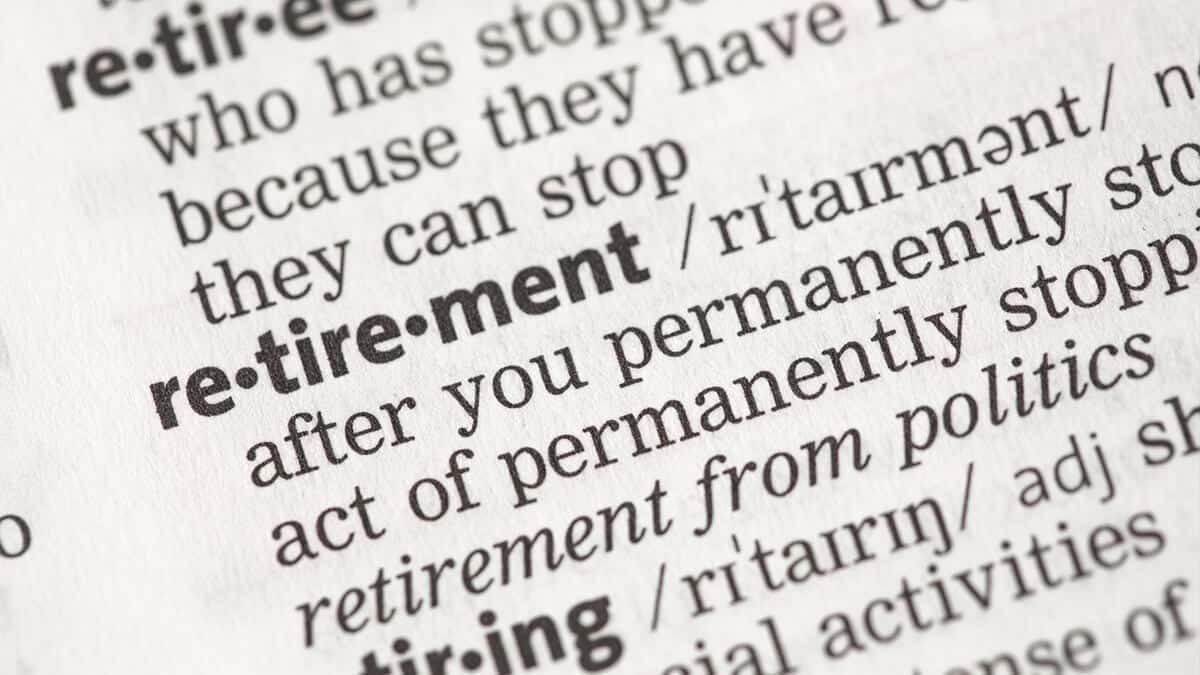In this guide
- What is the retirement condition of release?
- How do you apply for your super benefits?
- Are there limitations on how you can access your super benefits when you have met the retirement condition of release?
- Can you change your mind and go back to work?
- Common questions about accessing super
- The bottom line
When you turn 60, you have reached the milestone that is your preservation age. This makes accessing your super much easier but don’t celebrate just yet.
Next, you also need to meet a condition of release. One of these conditions is retirement, but the definition of retirement may not be as straightforward as you think. We have put together this explainer to take away the complexity and answer the burning question of when you can access your entire super balance.
What is the retirement condition of release?
The retirement condition of release has two branches. Meeting either one will permit you to access all of your super (as a lump sum, an income stream, or a combination of both).
The first branch of the definition requires you to declare you have permanently retired from the workforce. To declare you have permanently retired according to Australia’s super legislation you must have:
- Reached your preservation age (currently 60)
- Ceased gainful employment (at any time in the past), and
- Have no intention of becoming gainfully employed again in the future.



Leave a Reply
You must be logged in to post a comment.